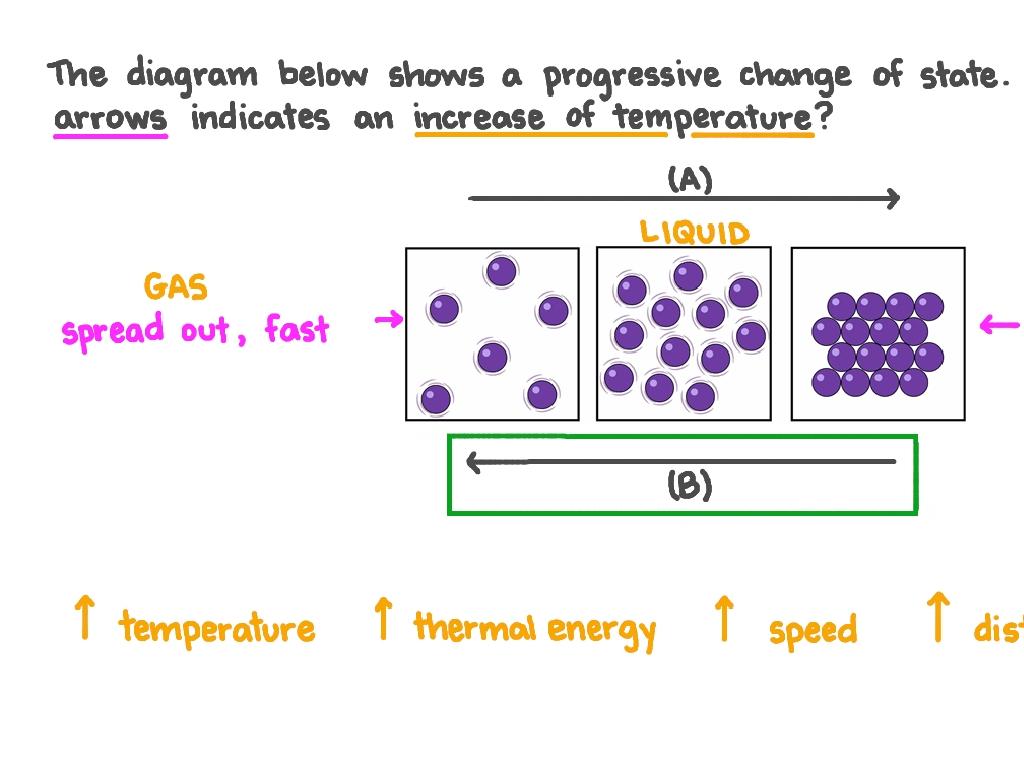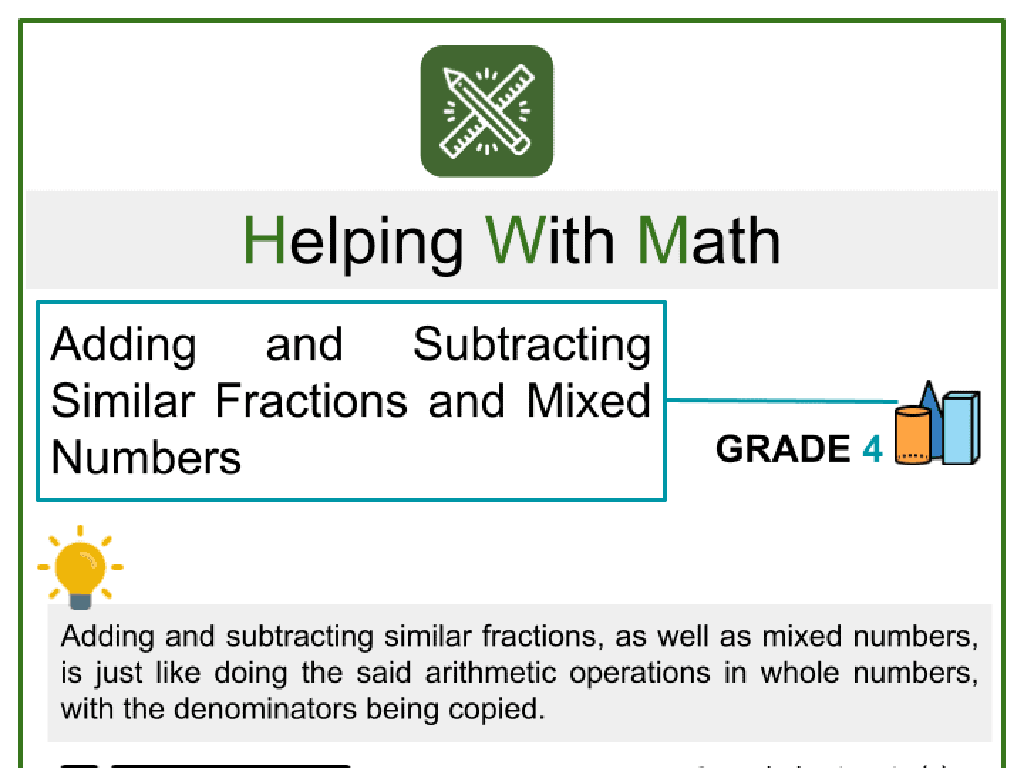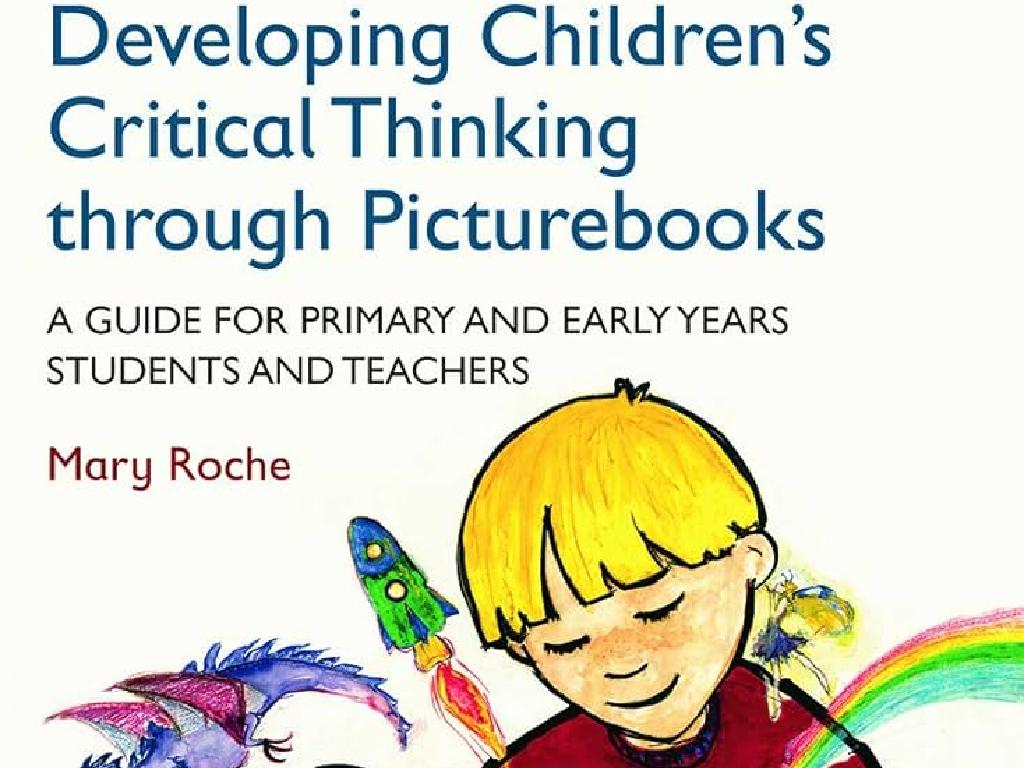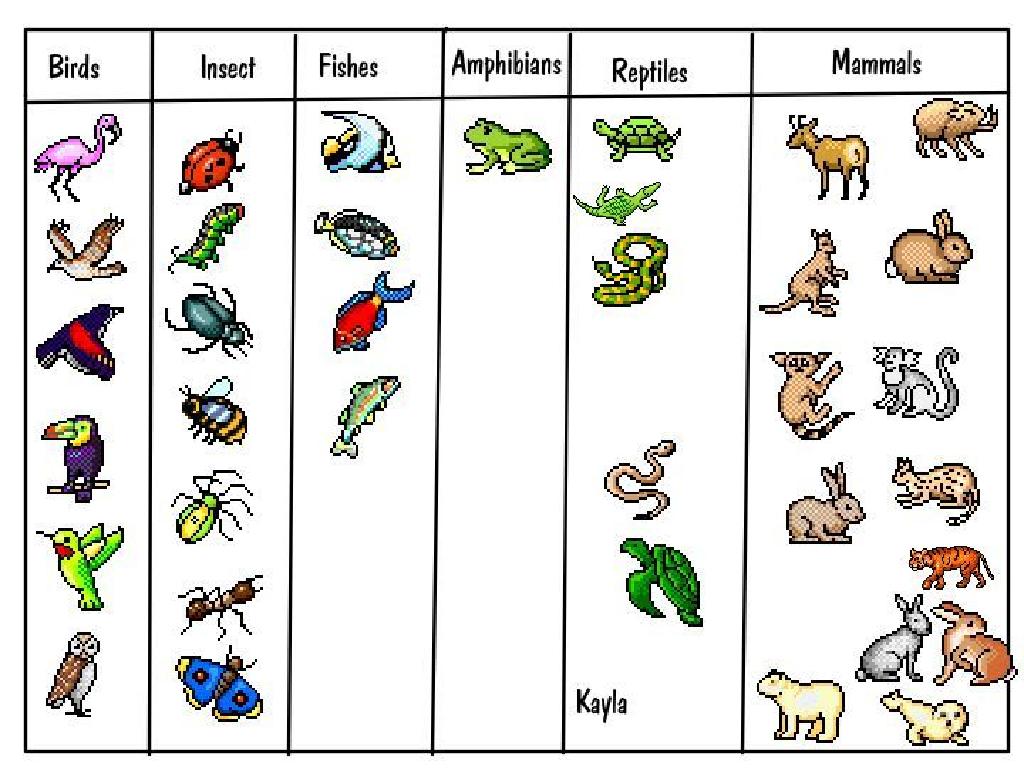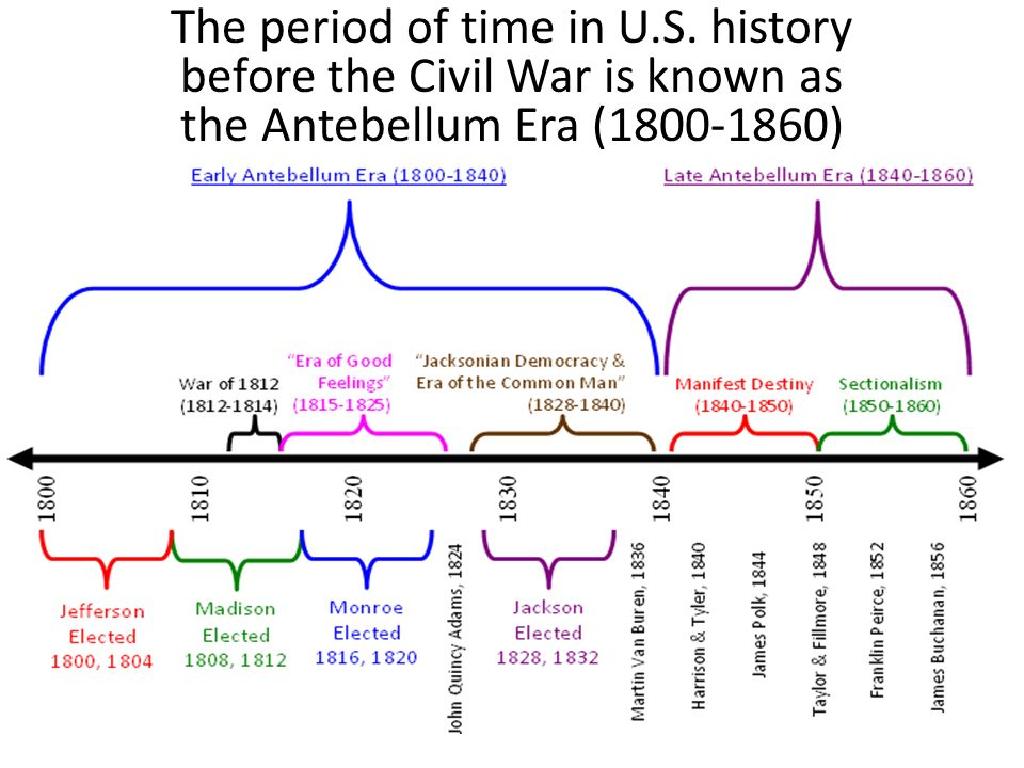Identify Independent And Dependent Events
Subject: Math
Grade: Eighth grade
Topic: Probability
Please LOG IN to download the presentation. Access is available to registered users only.
View More Content
Introduction to Probability
– Understanding Probability basics
– Probability measures the likelihood of an event occurring.
– Probability’s role in real life
– Used in weather forecasts, games, risk assessment, etc.
– Recap: Events in Probability
– An event is an outcome or set of outcomes of an experiment.
– Independent vs Dependent events
– Independent events don’t affect each other’s outcomes.
|
Begin the lesson by explaining the fundamental concept of probability as a measure of how likely an event is to occur. Emphasize its importance by discussing real-world applications such as predicting weather, assessing risks in finance, or determining odds in games. Recap the definition of an event in the context of probability, ensuring students understand that it refers to the outcomes of a random experiment. Introduce the concept of independent and dependent events, highlighting that independent events do not influence the likelihood of each other occurring, while dependent events do. Provide examples to illustrate these concepts, such as flipping a coin (independent) versus drawing cards without replacement from a deck (dependent).
Understanding Independent Events in Probability
– Define independent events
– Two events are independent if the occurrence of one does not affect the other.
– Daily life examples
– Flipping a coin and rolling a die; the outcome of one doesn’t impact the other.
– Determine event independence
– If P(A and B) = P(A) * P(B), events A and B are independent.
– Impact on probability calculations
|
This slide introduces the concept of independent events in the context of probability. Independent events are fundamental to understanding how different scenarios can affect each other. Start by defining independent events and emphasize that one event’s outcome does not influence or change the probability of the other event occurring. Provide relatable examples such as flipping a coin and rolling a die simultaneously. Teach students how to mathematically determine if events are independent by using the formula P(A and B) = P(A) * P(B), where P represents probability. Discuss how understanding independence is crucial for accurate probability calculations in more complex situations.
Understanding Dependent Events in Probability
– Define dependent events
– Events where the outcome of one affects the other
– Daily life dependent examples
– Drawing cards without replacement, or weather affecting traffic
– Determine if events are dependent
– If the outcome of one event influences another, they’re dependent
– Impact on probability calculations
|
This slide introduces the concept of dependent events in the context of probability. Dependent events are those where the outcome of one event has an effect on the outcome of another. For example, if you draw a card from a deck and do not replace it, the chances of drawing a second specific card change. To determine if events are dependent, consider whether the occurrence of one event changes the likelihood of another. This concept is crucial for understanding more complex probability scenarios and will be the foundation for calculating probabilities of combined events. Encourage students to think of other examples where outcomes are interconnected and discuss how this might affect their approach to solving probability problems.
Calculating Probability: Independent vs. Dependent Events
– Probability of independent events
– P(A and B) = P(A) * P(B) for two independent events A and B
– Probability of dependent events
– P(A and B) = P(A) * P(B|A) for dependent events, where B|A is probability of B given A
– Practice problem example
– Calculate the probability of drawing two aces from a deck of cards in succession without replacement
– Understanding event relationships
|
This slide introduces the formulas for calculating the probability of independent and dependent events, which is a fundamental concept in probability theory. For independent events, the probability of both events occurring is the product of their individual probabilities. For dependent events, the probability of the second event depends on the outcome of the first. The practice problem will help students apply these concepts by calculating the probability of drawing two aces in a row from a standard deck of cards, without replacing the first ace. This exercise will reinforce the difference between independent and dependent events and the use of appropriate formulas. Encourage students to solve the problem step-by-step and discuss their reasoning.
Comparing Independent and Dependent Events in Probability
– Distinct features of independent events
– An event not influenced by previous events, e.g., coin tosses
– Distinct features of dependent events
– An event’s outcome is affected by earlier outcomes, e.g., drawing cards without replacement
– Venn diagram comparison
– Significance in probability calculations
– Understanding these concepts is crucial for accurate probability predictions
|
This slide aims to clarify the differences between independent and dependent events, which is a fundamental concept in probability. Independent events are those whose outcomes do not affect each other, such as flipping a coin multiple times. Each flip has the same probability of landing heads or tails, regardless of previous flips. Dependent events, however, are influenced by the outcomes of previous events, such as drawing cards from a deck without putting them back. As cards are removed, the probabilities of drawing certain cards change. A Venn diagram can visually represent these relationships and help students grasp the distinctions. Understanding the difference between these types of events is essential for solving probability problems accurately. During the lesson, provide examples and have students practice identifying and calculating probabilities for both independent and dependent events.
Class Activity: Coin Toss Probability
– Conduct a coin toss experiment
– Record each outcome meticulously
– Note the results: heads or tails for each flip
– Discuss findings in groups
– Consider if previous flips affect the next
– Share conclusions with the class
– Present what you’ve learned about probability
|
This activity is designed to help students understand the concept of independent events in probability through a hands-on coin toss experiment. Students will flip a coin multiple times, recording the outcome of each toss to see if one result affects the next, which it should not, as each toss is independent. After recording their data, students will form groups to discuss their findings, focusing on the concept of independence in probability. Each group will then share their conclusions with the class, facilitating a deeper understanding of how independent events work. The teacher should circulate to ensure students are engaged and to help guide discussions. Possible variations of the activity could include using dice, drawing cards from a deck, or random number generation to further illustrate independent events.
Homework and Further Study on Probability
– Solve homework problems
– Practice with assigned questions on independent and dependent events
– Read articles on Probability
– Find scholarly articles that delve into probability concepts
– Explore books about Probability
– Look for books that explain probability in-depth, especially for middle school students
– Prepare for next topics
– Review upcoming class topics for a head start
|
For homework, students are expected to complete a set of problems focusing on identifying independent and dependent events to reinforce the day’s lesson. Encourage them to read additional materials, such as articles and books, to deepen their understanding of probability. This will not only solidify their grasp of today’s concepts but also prepare them for more advanced topics. In the next class, we will be moving on to new topics, so students should come prepared having reviewed the relevant sections in their textbooks. Provide a list of recommended readings and resources that can offer different perspectives and explanations to cater to various learning styles.

